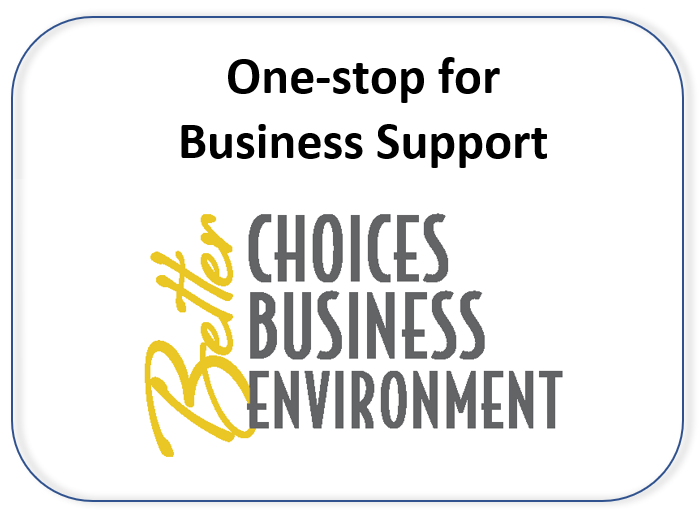Metal finishing
Metal finishing operations comprise many types of operations and have a range of environmental regulations to meet. This section provides information on how to comply with some of those environmental regulations.
Air pollution regulations
There are state regulations that affect metal finishing operations, depending on the specific operations that are involved. Operations that paint or coat metal parts during or following assembly and are located in certain counties may have to meet requirements on the content of volatile organic compounds in the paints/coatings. Facilities should review the fact sheets and rules linked on the Painting and Coating webpage. That page also contains a link to a federal regulation for miscellaneous surface coating operations that may affect facilities that are NOT affected by the federal rules described below on this page.
Most metal finishing operations will require an air pollution permit. Review the resources on the Air Permit Types webpage to learn whether your facility has the appropriate air permit. If you need help on the emissions calculations, review the Metal Finishing Emissions spreadsheet (SB-311) [XLSX] and if painting is part of the process, utilize the Paint/Coatings Actual Emissions (SB-312) [XLSX] and Paint/Coatings MTE (SB-313) [XLSX] spreadsheets.
Nine metal fabrication and finishing source categories
The USEPA regulates nine metal fabrication and finishing source categories where they use materials that contain at least 0.1 percent by weight (of the metal) of cadmium (Cd), chromium (Cr), lead (Pb), or nickel (Ni), and materials that contain at least 1.0 percent by weight (of the metal) manganese (Mn), as shown in formulation data provided by the manufacturer or supplier:
- Electrical and Electronic Equipment Finishing Operations, including motor and generator manufacture; and electrical machinery, equipment, and supplies not elsewhere classified (NEC);
- Fabricated Metal Products NEC;
- Fabricated Plate Work (Boiler Shops);
- Fabricated Structural Metal Manufacturing;
- Heating Equipment, except Electric;
- Industrial Machinery and Equipment Finishing Operations, including construction machinery manufacturing; oil and gas field machinery manufacturing; and pumps and pumping equipment manufacturing);
- Iron and Steel Forging;
- Primary Metal Products Manufacturing; and
- Valves and Pipe Fittings NEC.
Within these categories five industrial processes are regulated: Dry Abrasive Blasting; Dry Grinding and Dry Polishing with Machines; Dry Machining; Spray Painting; and Welding. For more details on the rule requirements, review the documents provided here.
- National Emission Standards for Hazardous Air Pollutants: Area Source Standards for Nine Metal Fabrication and Finishing Source Categories final rule
- EPA tools
- The Metal Fabrication and Finishing Source Category web page has links to all available resources on the rule.
- Summary of Regulations Controlling Air Emissions for Nine Metal Fabrication and Finishing Source Categories (brochure)
- Flow Charts For Determining Your Requirements: Nine Metal Fabrication and Finishing Source Categories
- Nine Metal Fabrication and Finishing Area Source Categories: Questions and Answers - June 2020
- Wisconsin example forms
- Initial Notification - National Emission Standards for Hazardous Air Pollutants: Area Source Standards for Nine Metal Fabrication and Finishing Source Categories (SB-123) (was due July 25, 2011)
- Notification of Compliance Status (SB-124) (was due November 22, 2011)
Plating and polishing operations
The U.S. EPA regulates plating and polishing operations, where the operations use or emit the metal hazardous air pollutants (HAPs) from materials that contain at least 0.1% in weight of Cd, Cr, Pb, or Ni, and at least 1.0 percent of Mn:
- Electroplating (other than chromium electroplating);
- Electroless or non-electrolytic plating;
- Other non-electrolytic metal coating (such as chromate conversion coating, nickel acetate sealing, sodium dichromate sealing and manganese phosphate coating);
- Thermal spraying;
- Dry mechanical polishing;
- Electroforming; and
- Electropolishing.
For more details on the rule requirements, review the materials or web pages below:
- National Emission Standards for Hazardous Air Pollutants: Area Source Standards for Plating and Polishing Operations Final rule
- The Plating and Polishing NESHAP web page has links to all of their available resources on the rule.
- The SBEAP developed the following documents to help affected businesses:
- Initial Notification - National Emission Standards for Hazardous Air Pollutants: Area Source Standards for Plating and Polishing Operations (SB-126)
- Notification of Compliance Status for National Emission Standards for Hazardous Air Pollutants: Area Source Standards for Plating and Polishing Operations (SB-127)
Waste regulations
Unused materials from metal fabrication, metal finishing, or plating and polishing operations may be considered hazardous waste. Before disposing of any unused materials from processing, it is important to review whether the material is hazardous and then properly manage the waste going forward. Start with the SBEAP hazardous waste page and learn more about hazardous waste management.
Wastewater regulations
- Small industrial sources should check with their local Wastewater Treatment plant or sewerage district about disposal of any industrial waste liquids. They will have limits on what contaminants can be sent to the sewer. You may need to pretreat your wastewater discharge before sending it to the treatment plant. Review the requirements starting on the DNR wastewater page.
- Small industrial sources may also have to comply with a storm water discharge permit, or certify that they are not a source of exposure to storm water contamination. Review the storm water runoff permits page for more details.
| Additional resources |
|---|

